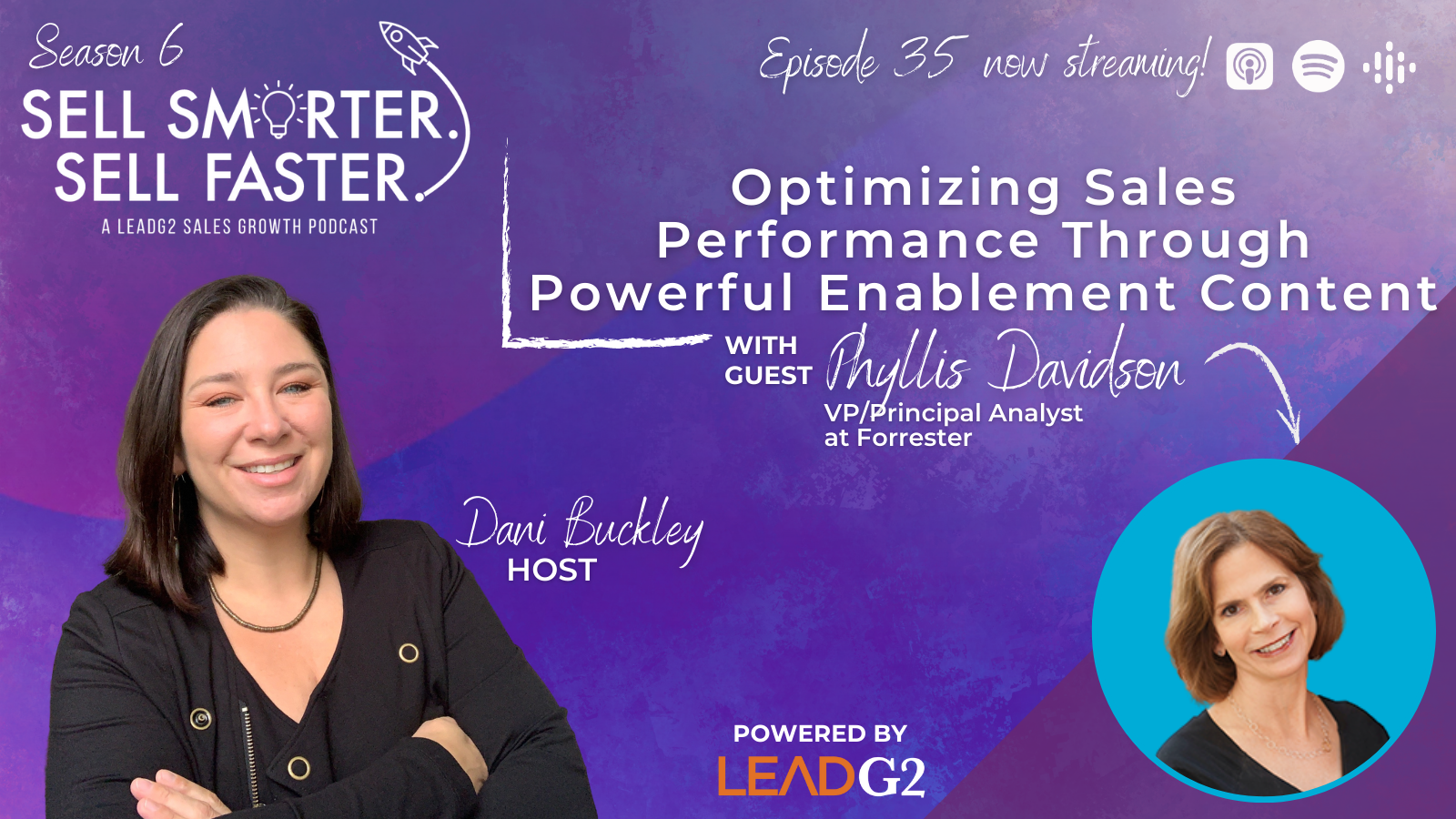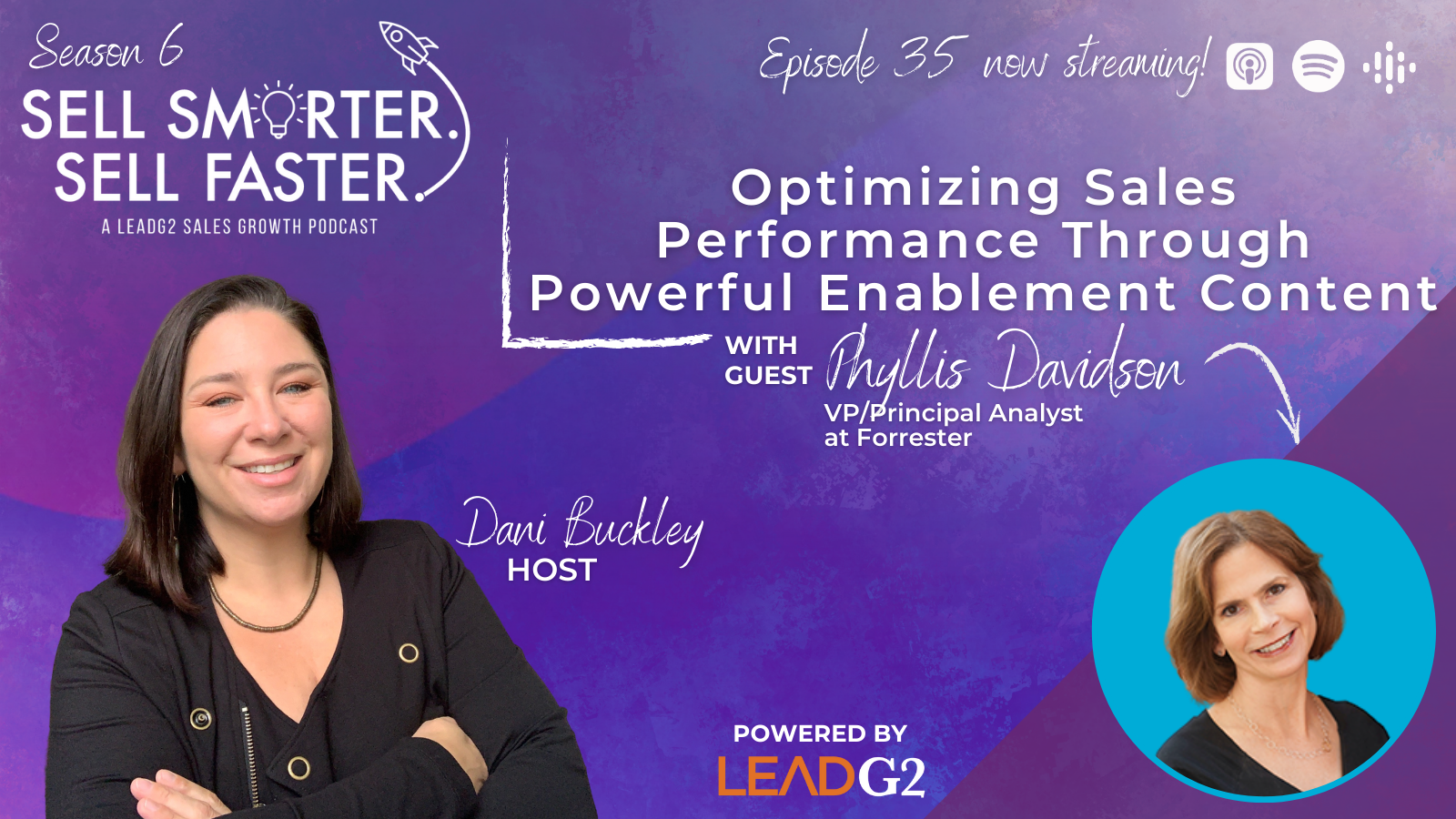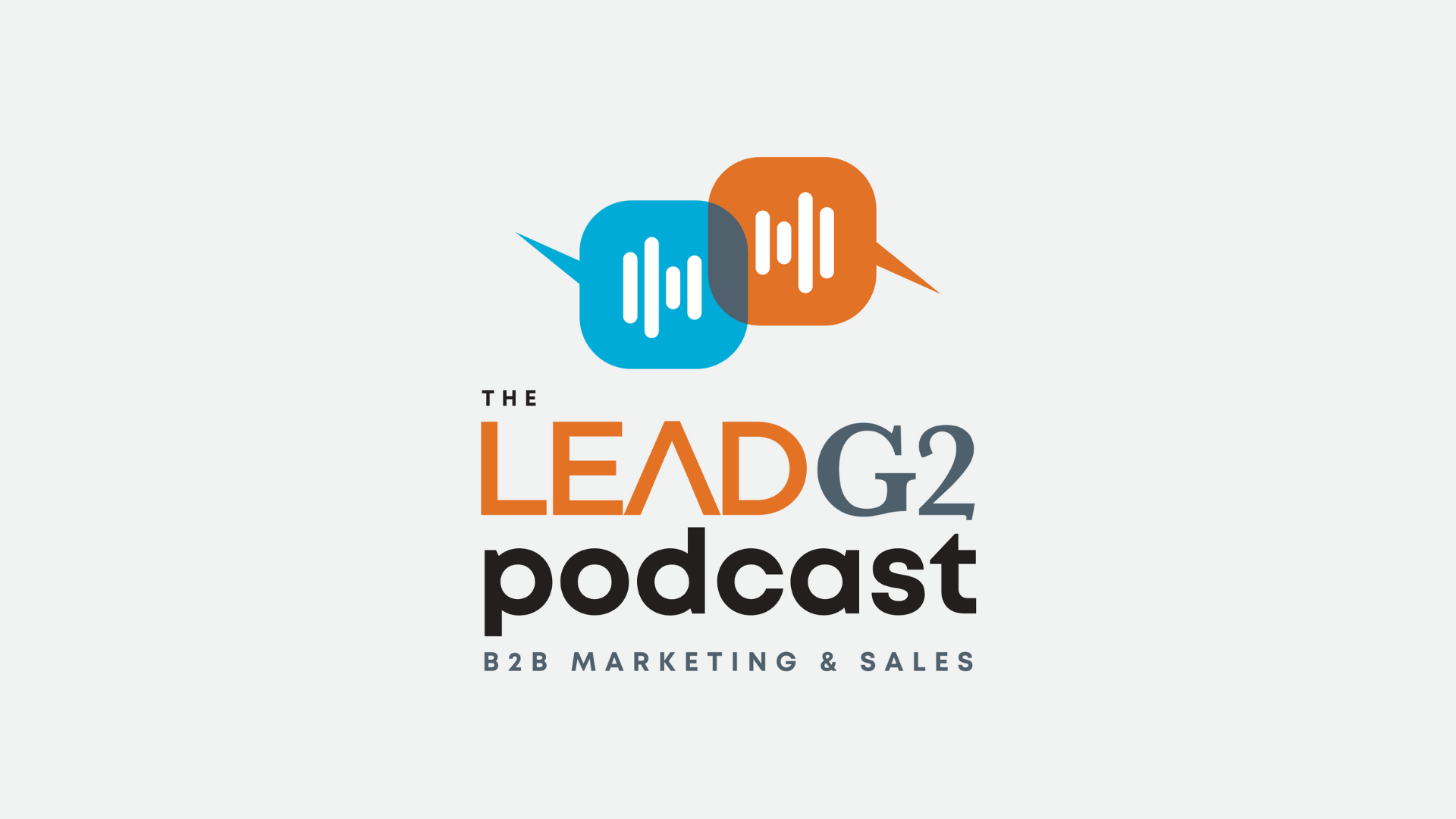1 min read
Why It's Critical Media Salespeople Incorporate Social Media and Content into the Sales Process
It doesn’t feel like long ago when the phone book was one of the top tools a salesperson used to attract more business. That was, of course, back...
.png?width=2250&height=647&name=LeadG2-logo_(2).png)
 Brent Tripp
Brent Tripp








